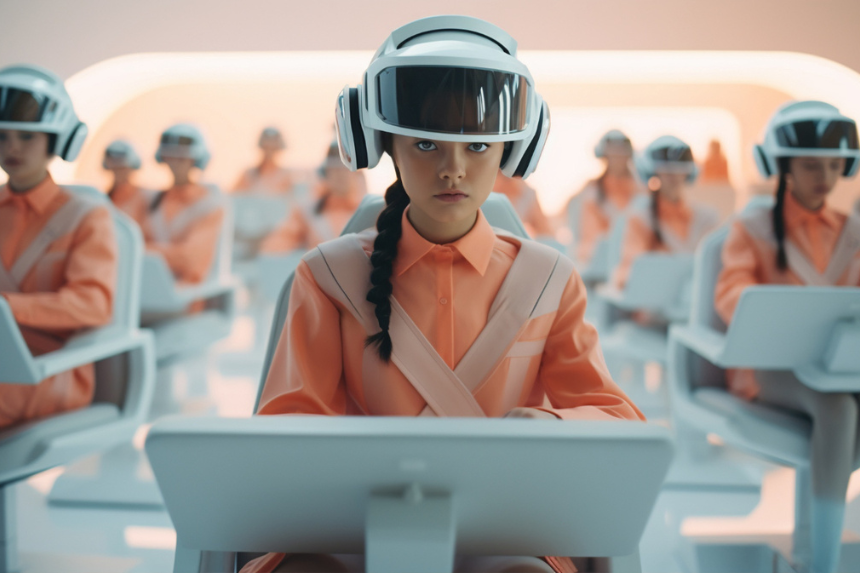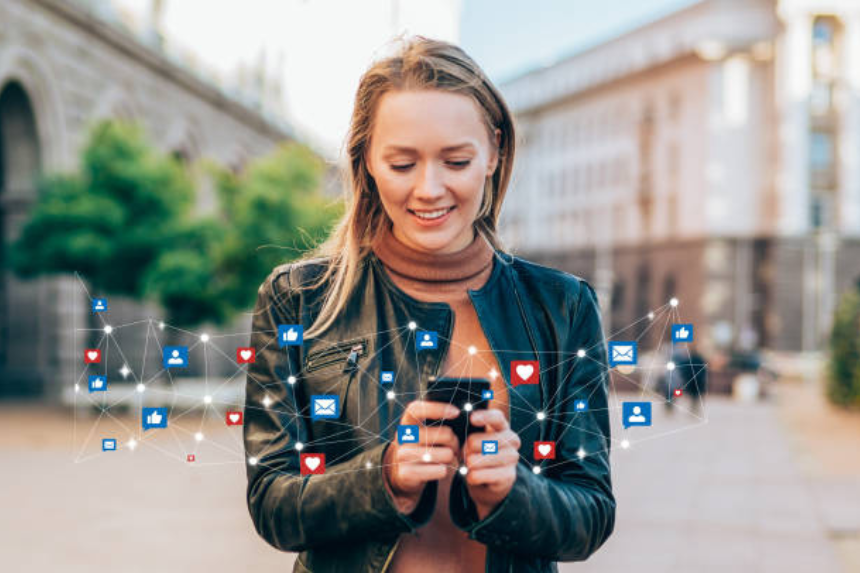In the evolving educational landscape, virtual Reality integration is present. It is regarded as a transforming tool that helps reshape the methods by which students engage with effective learning content. Virtual Reality is a part of gaming and even entertainment, and it has now permeated the field of education. It offers an interactive and immersive way of learning with a perfect experience.
Advantages of VR Future of Learning Experience
There are various ways in which virtual Reality can highly influence the field of learning. Here are some features that can make VR more than an encouragement in the educational sphere.
- It is the right one to help create a classroom experience. It can make learning easy with vital inputs and demonstrations. In this scenario, artificial Intelligence is integrated along with Augmented Reality (AR). Here, VR can potentially create an interactive and sophisticated learning environment. It is a paradigm shift in how things are approached in learning and education.
- The contribution of AR in the field of education is invincible. Virtual Reality has the power and capability to break down geographical frontiers; now, students can go on virtual field tours. With VR in possession, you can visit historical landmarks and explore ancient places.
- Virtual Reality plays a big role in biology, and now students can dive and leap into the detailed intricacies of the human body. Immersive nature-type VR captivates students and turns learning into a multisensory adventure with other little things related to science and nature.
- Virtual Reality connects with hands-on learning. Sitting in the classroom, one can dissect a virtual frog and learn things as details start coming before you, making it easy for virtual identification. One can even experiment with powders and chemicals and watch for reactions in a virtual laboratory. Now, students can practice practical activities without any lack of physical resources.
- VR enhances the learning experience and fosters a sense of curiosity with vivid experimentation. These days, there are VR labs in schools that allow students to get engaged with things that are challenging to follow practically. VR has the strength of adaptability with its diversified learning styles and options. Visual learners can highly benefit from lifelike and placid stimulations.
- There is a personalized VR approach in the field of learning, and it ensures that students can absorb details in a specific way that will help them resonate with their personal strengths and preferences. VR helps create a collaborative area where students can easily interact within the virtual boundary. You have things like collaborative project scopes, discussion within virtual groups, and much more as part of the virtual realm.
Conclusion
An integrated version of Virtual Reality in the educational domain will provide a special example with a shift in the method used for approaching high-level learning. Issues like accessing VR devices will make it possible to learn exclusively with complete VR skills and potential.
With fewer things to do on both sides, VR can mark boundaries and make the learning experience exclusive and exemplary. You can now learn things with ease and clarity in the fastest period.





